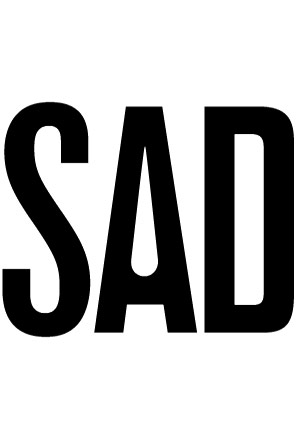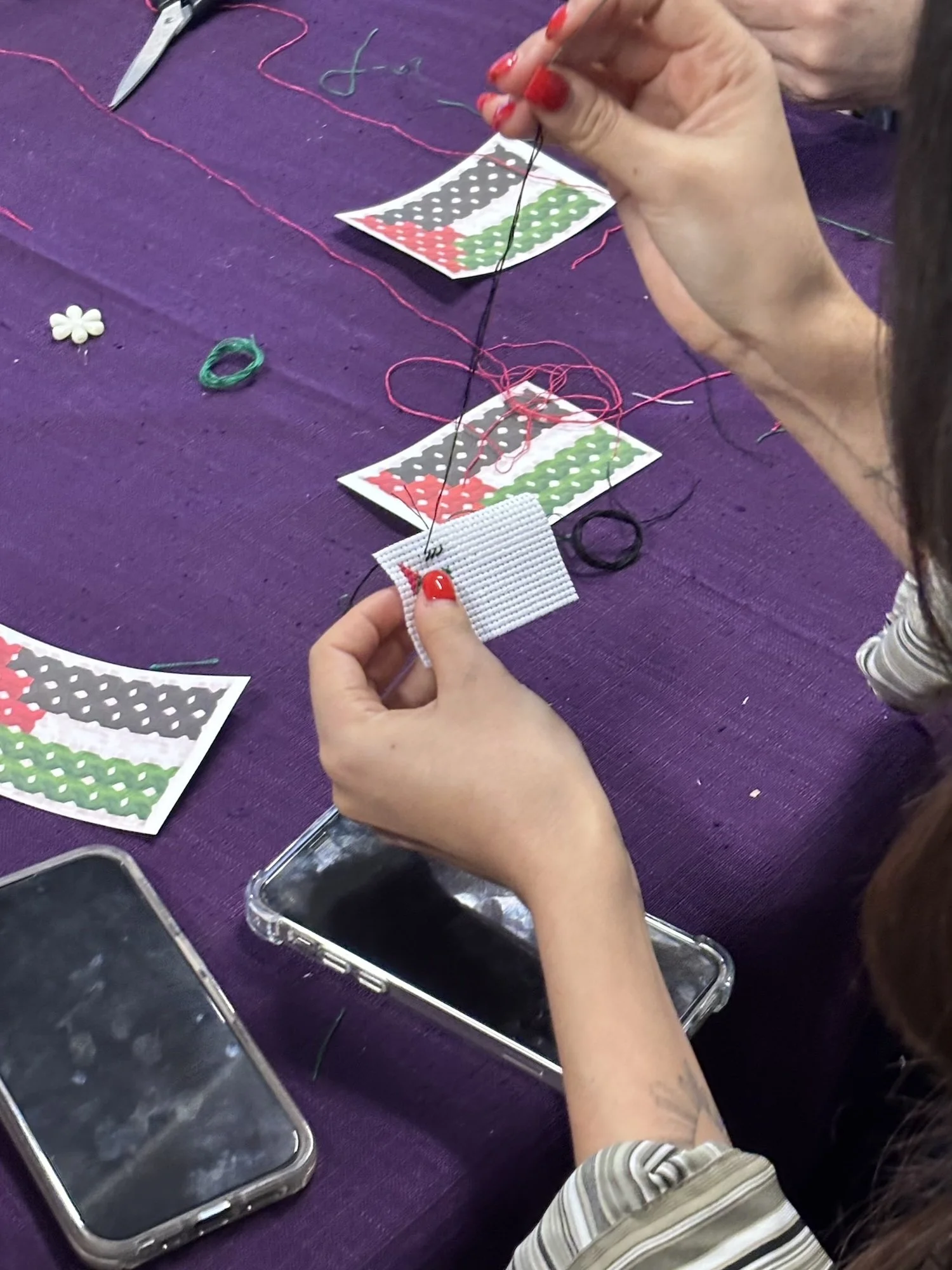Incidental Reflections on the Urban in Taizo Yamamoto’s Carts, Hedges, Lions
/Carts, hedges, lions by taizo yamamoto (2024, book cover)
Carts, Hedges, Lions reads as an urban archival project featuring detailed illustrations by Taizo Yamamoto that render moments and decades of Vancouver’s landscapes. Complimenting his drawings, Aaron Peck, Kevin Chong, and Jackie Wong bookend each collection of illustrations with an essay, rooted in their own relationships with the titular images. Yamamoto, an architect by trade and Principal of Yamamoto Architecture, has his works interspersed throughout the landscape of the Lower Mainland, representing perhaps, what may be ambivalently considered “modern builds.” Knowing that Yamamoto plays a role in the construction of Vancouver’s future urban landscape, these drawings in reverence to the Foo Dog, hedges, and shopping carts evoke a particular nostalgic effect. In an email exchange, Yamamoto speculates that this nostalgia is activated because these drawings “[record] moments that are already passed and lost.” I am one to agree.
The book opens with twenty detailed graphite and pencil crayon drawings of shopping carts–each different with various belongings, some tarped to protect its precious cargo. These makeshift storage facilities cart empty cans and bottles for exchange at the bottle depot, sentimental belongings, and items for exchange or sale. The image of the shopping cart, outside of the space for its intended use, draws attention to the ongoing struggle for housing and shelter in the Lower Mainland. As the moniker “City of Glass” suggests, the modern, glassy highrises that have become synonymous with Vancouver have resulted in the destruction of public and low-income housing, in favour of these impressive buildings. As rapidly rising rents have taken the lives of many, the often invisible victim of the so-called “housing crisis” is brought to light in Yamomoto’s illustrations.
“shopping cart #14,” Carts, hedges, lions by taizo yamamoto. graphite on bristol paper (152×152mm)
“shopping cart #18,” Carts, hedges, lions by taizo yamamoto. graphite on bristol paper (165×140mm)
While the owner of these shopping carts are nowhere to be seen in the drawings, we know that these items were carefully placed by and are of importance to someone. The daily practice of street sweeps, which banish unhoused people and their belongings from public sidewalks, means that if one’s belongings are in a cart, they can easily be packed up and, thus, reduce harassment from police officers and city staff. Holding anything from family memorabilia to vital items for survival, the image of carts are haunted by the owners, whose presence is obscured from the drawings. For this reason, the illustrations also take on a solemn quality, as the whereabouts of the carts’ owners feel uncertain. Why take the time to draw something seemingly mundane, such as shopping carts, that appear in often equally unceremonious settings? Aaron Peck offers an answer, appreciating their aesthetic, sculptural quality and the unsolvable intrigue of the inherent intimacy offered by these elaborately fashioned vessels. Straddling a careful line between appreciation and gawking, the graphite drawings pay homage to the owners and their personal effects.
In contrast to the spontaneity of the shopping carts, hedges that line one’s property are carefully planned and offer a sense of privacy, imagined or not. Reemphasising the “private” in private property, hedges act out a bourgeois fantasy where one can opt out of interconnectedness, as endemic within a capitalist society. Yet, they, too, are a source of intrigue, as we draw endless theories about what happens beyond those hedges. This includes the petty dramas, joys, and moments of sincerity that mark a life well-lived. Kevin Chong’s accompanying essay recounts a personal encounter with a neighbour and reveals that these hedges may also reflect the lives and emotional states of those who shape them. Personally, it is my favourite essay in the collection, and it speaks to the complex interplay between grief and domesticity. It asks, what is our responsibility when bearing witness to another’s loss?
“hedge #5,” Carts, hedges, lions by taizo yamamoto. graphite on bristol paper (283×59mm)
In the final series, eight “lions” (or “Foo Dogs”) are intricately drawn, obfuscating the houses behind them; most Vancouverites can probably conjure an image of the Vancouver special homes these statues usually adorn. Each lion is unique in its pose and stature, but always in a pair. As these statues are often synonymous with Chinese homeowners and entrances to Chinatowns, they culturally serve to ward off and protect buildings from harmful spirits. Similar to hedges, in this context, they also represent an individualised sentiment of privacy, but specifically amongst a racialised and striving class of working immigrants.
Vancouver specials were built at a time when the artificially inflated value of land was not so great; thus, the modest homes that became a loved (or loathed) icon of Vancouver architecture were once an innovation of affordable design and popular amongst immigrant families. In the book’s closing essay, Jackie Wong reflects on her family’s migration journey. She notes that her grandfather–a, then, recent immigrant from Peru, and before that, China–had lived out his last years in a Vancouver special. Wong considers the good fortune conjured by the lions as an aspiration that speaks to new immigrants who come to Canada in hopes of living out their Canadian dream and improving their life circumstances.
“LION GATE #4,” Carts, hedges, lions by taizo yamamoto. graphite AND PENCIL CRAYON on bristol paper (130X118mm)
“LION GATE #7,” Carts, hedges, lions by taizo yamamoto. graphite AND PENCIL CRAYON on bristol paper (140X114mm)
As an omnipresent symbol of Vancouver’s long enduring history of Chinese migration, the Vancouver special also speaks to the shifting waves of immigration and homeownership in the city. While lions slowly disappear in favour of homes or apartments with sleek, metallic, and glassy exteriors, it is clear that newcomers are no longer flocking towards the promise of living in multigenerational Vancouver specials in the same way. However, as Wong’s story omits, in my view, a reflection of what it means to achieve this dream of stability and homeownership is necessary. Put plainly, when we are overly sentimental about our own immigration and settlement narrative, we obfuscate our own complicity with settler colonialism. Yet, the struggle faced by racialised immigrants is real, and the prejudices that they endure and continue to face are also unacceptable. The question here, then, is how can we sit with these two simultaneous truths?
Carts, Hedges, Lions reminds us that a city is always in flux. Carts are being assembled and reworked to suit the user at any given time, hedges and homes are demolished, and lions are facing their own kind of urban extinction. While this reality may leave us wistful, Yamamoto urges us to slow down and appreciate the city that we know. Despite all the violences of erasure and displacement, we must take the time to appreciate the things we can too easily take for granted, and fight like hell to ensure that we all have a stake in the city that is constantly transforming, for better or worse.
Tintin Yang lives on the unceded territories of the Musqueam, Squamish and Tsleil-Waututh. She is a graduate student at Simon Fraser University, her research is focused on the articulations of race in the context of real estate capital in Vancouver. She is also a member of the editorial collective at the Mainlander. Follow her on Instagram (@tintinyng).











